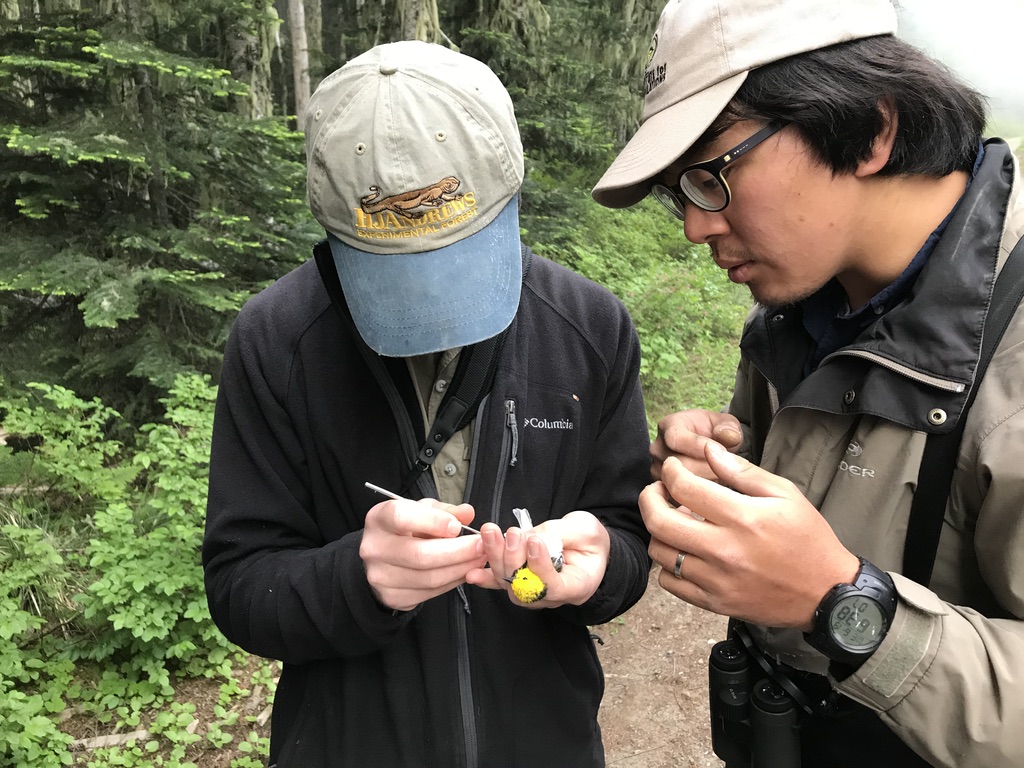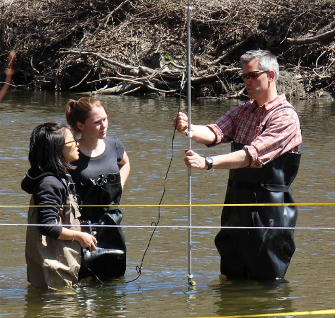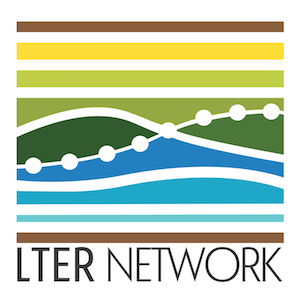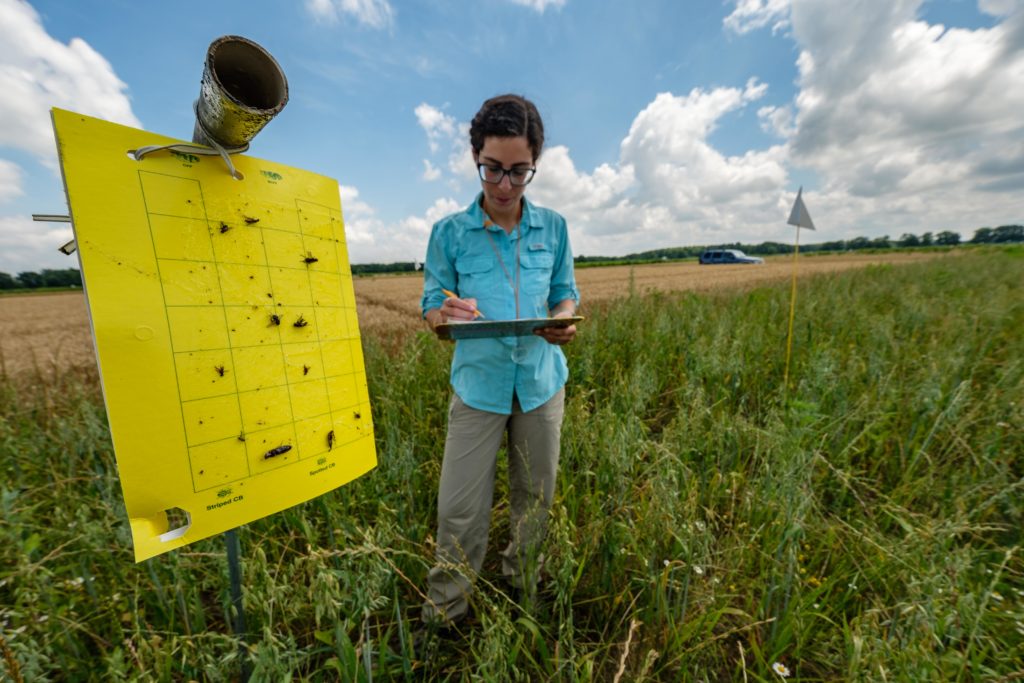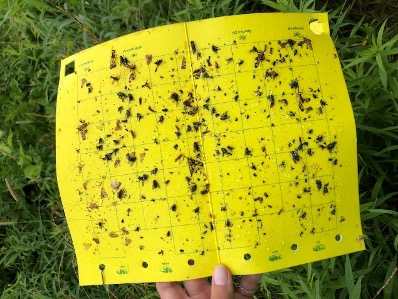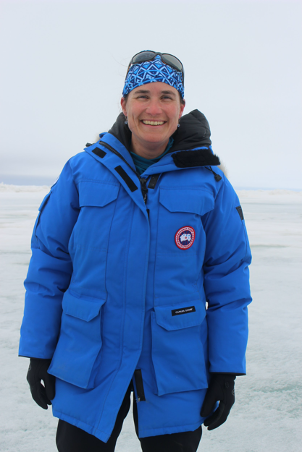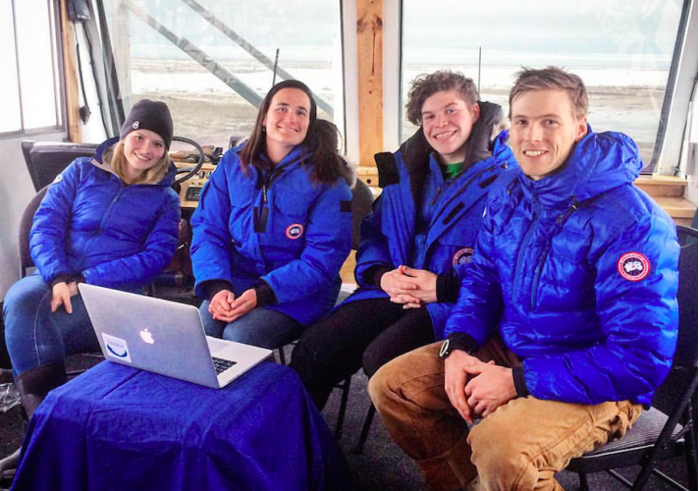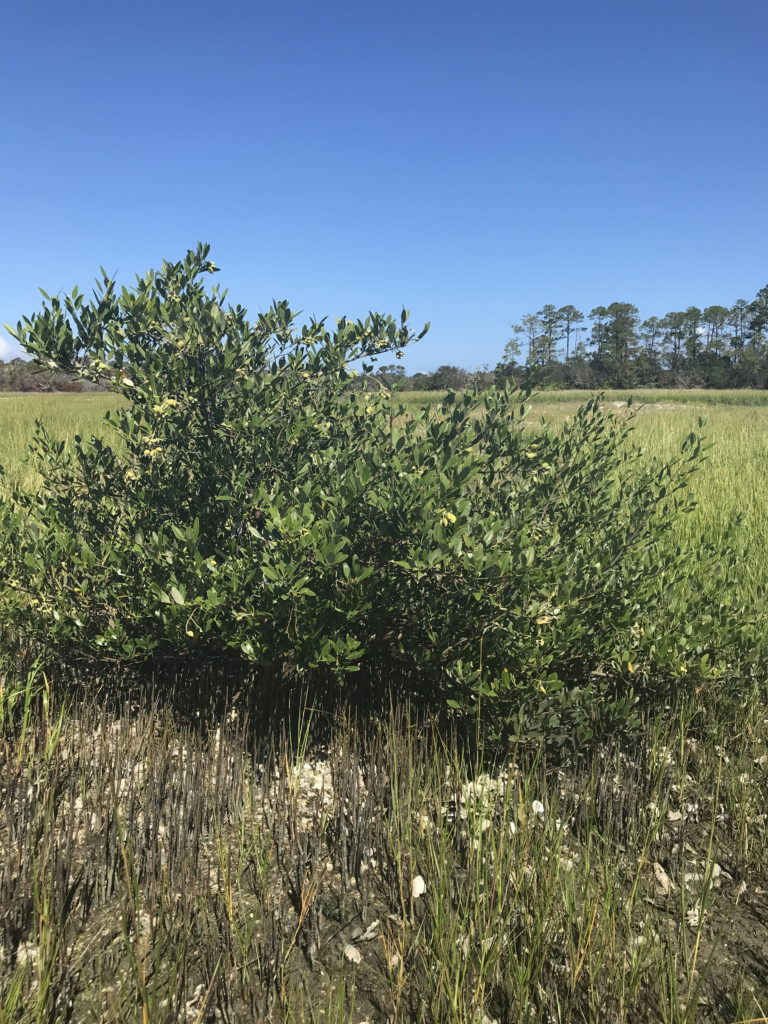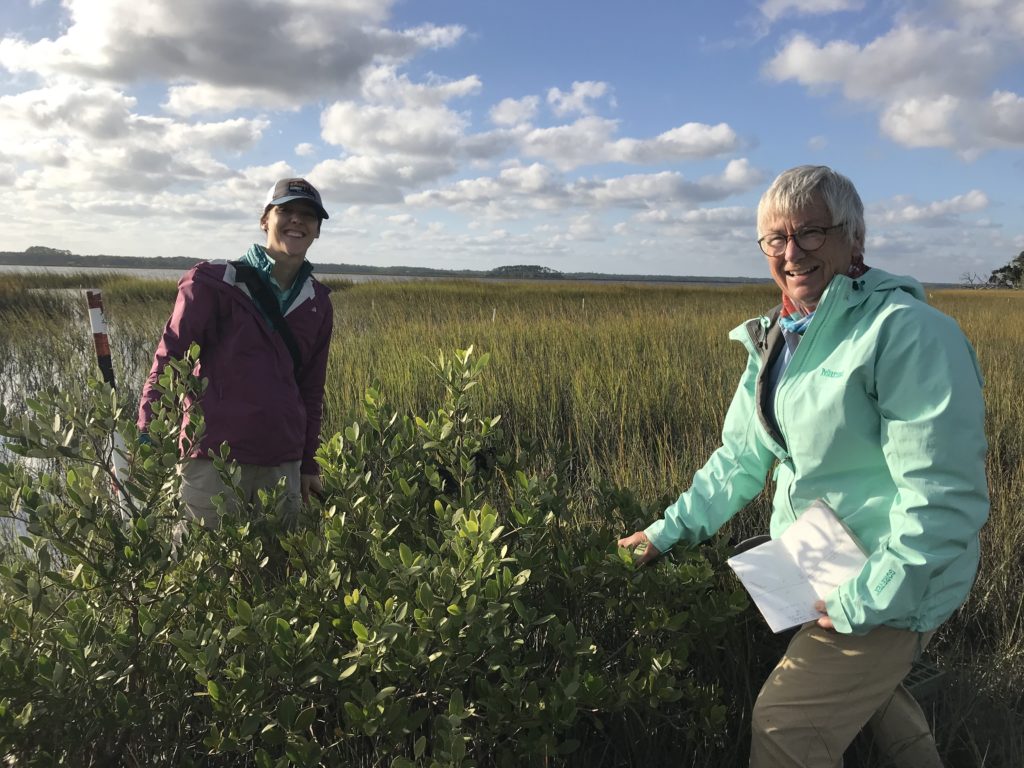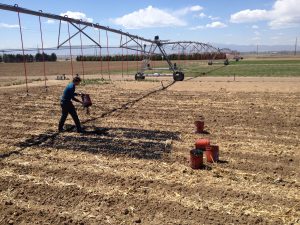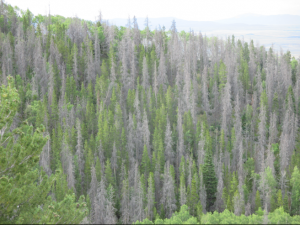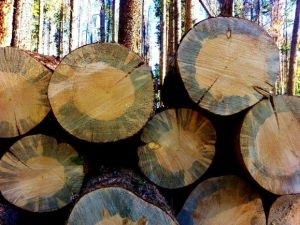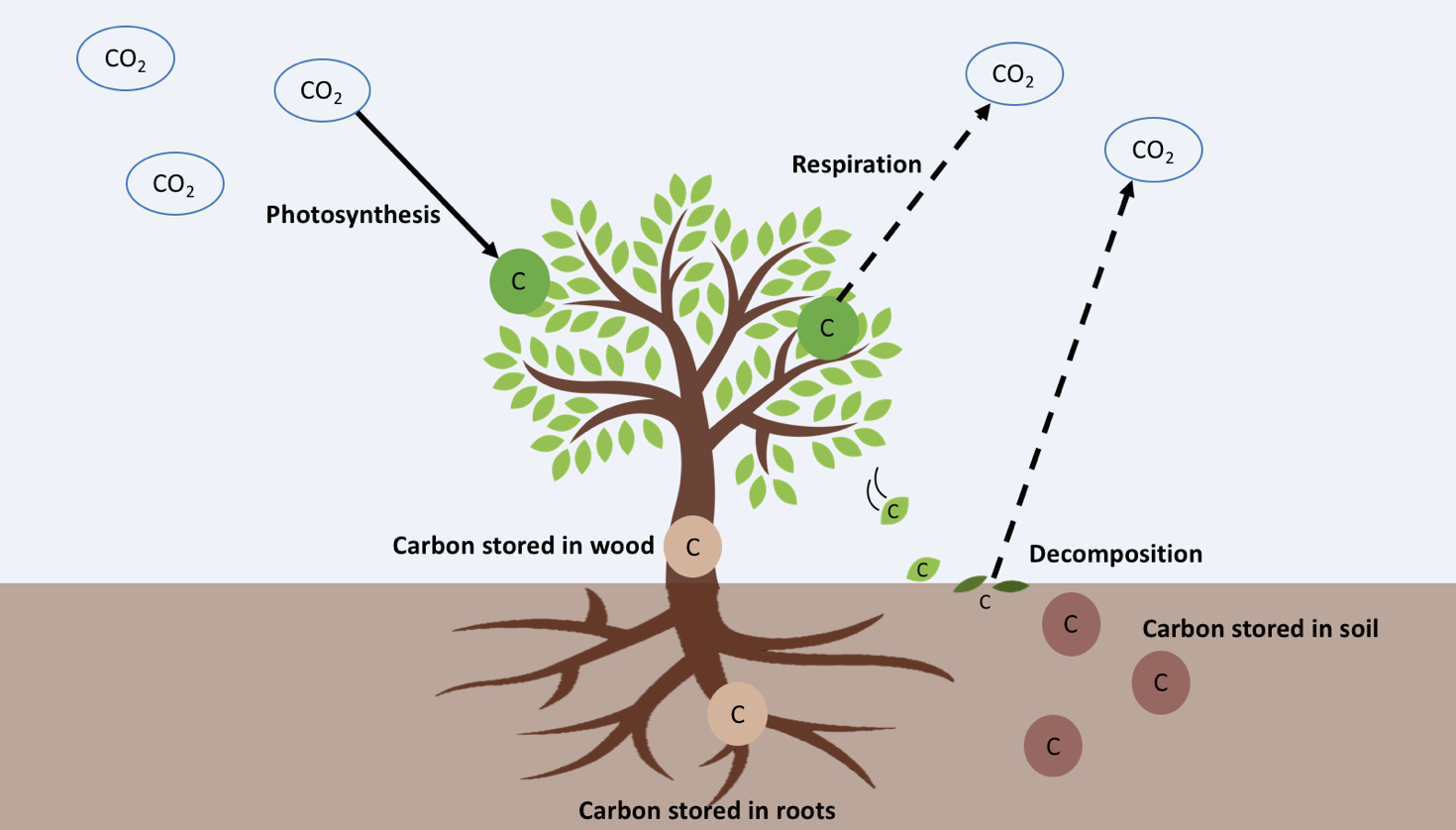The activities are as follows:
- Teacher Guide
- Student activity, Graph Type A, Level 3
- Student activity, Graph Type B, Level 3
- Student activity, Graph Type C, Level 3
- Grading Rubric
In snowy climates, salt is applied to roads to help keep them safe during the winter. Over time, salt – in the form of chloride – accumulates in snowbanks. Once temperatures begin to warm in the spring, the snow melts and carries chloride to freshwater lakes, streams, and rivers. This runoff can quickly increase the salt concentration in a body of water.
In large amounts, salt in the water is harmful to aquatic organisms like fish, frogs, and invertebrates. However, there are some species that thrive with lots of salt. Salt-loving bacteria, also known as halophiles, grow in extreme salty environments, like the ocean. Unlike other bacteria and organisms that cannot tolerate high salinity, halophiles use the salt in the environment for their day-to-day cellular activities.
Lexi is a freshwater scientist who is interested in learning more about how ecosystems respond to this seasonal surge of chloride in road salts. She thought that there may be enough chloride from the road salt after snowmelt to change the bacteria community living in the sediment. More salt would support halophiles and likely harm the species that cannot tolerate a lot of salt.
By taking a water sample and measuring the chloride concentration, we can see a snapshot in time of how toxic the levels are to organisms. However, the types of bacteria in sediments take a while to change. Halophiles may be able to tell us a long-term story of how aquatic organisms respond to chloride pollution. Lexi’s main goal is to use the presence of halophiles as a measure of how much chloride has impacted the health and water quality of river or stream ecosystems. This biological tool could also help cities identify areas that may be getting salted beyond what is necessary to keep roads safe.
Lexi expected that there would be few, or maybe no, halophiles in rural areas where there are not many roads. She also thought halophiles would be widespread in urban environments where there are many roads. Because salt impacts the streams year after year, she expected that halophiles would become permanent members of the microbial community and increase in winter and spring. Therefore, she also wanted to track whether halophiles remain in the sediment throughout the year, increasing in numbers when salt levels become high.
She began to sample sediments from two different rivers in Southeastern Wisconsin. The urban Kinnickinnic River site is in Milwaukee, WI, and the Menomonee River site is in a rural environment outside of the city. She selected these sites because they offer a good comparison. Because there are more roads, and thus saltier snowmelt, the Kinnickinnic site in the city should have higher chloride concentrations than the Menomonee site.
When visiting her sites throughout the year, Lexi collected multiple water and sediment samples. Every time she visited, she also recorded important water quality characteristics such as pH, conductivity, and temperature of the water. She then brought the samples to the laboratory and analyzed each for its chloride concentration. To measure the quantity of halophiles in the sediment, Lexi used a process where the sediment is shaken in water to separate the bacteria from the sediment and suspend them in the water. Samples from the water were then plated on a growth medium that contained a very high salt concentration. Because the growth medium was so salty, Lexi knew that if bacteria colonies grew on the plate, they would most likely be halophiles because most bacteria do not thrive in salty environments. Lexi counted the number of bacteria colonies that grew on the plates for each sample she had collected.
Featured scientist: Lexi Passante from the University of Wisconsin-Milwaukee
Flesch–Kincaid Reading Grade Level = 12.0
Some videos about Lexi and her research:
Additional teacher resources related to this Data Nugget:
- To learn more about the application of salt to roads for winter safety, check out the following resources:
- This is a short article that does a good job of explaining the amount of salt being applied on the roads and why we should care.
- Winter salting guide for maintenance professionals with a video that could be shared with maintenance staff at your school.
- A salt awareness week presentation with Dr. Hilary Dugan and Dr. Bill Hintz, Salty Streams and Formerly Freshwater Lakes video.
- WI Salt Wise outreach materials. You can print or modify these materials to have students educate others in your community about salt pollution in our waterways.
- For more information on chloride toxicity and pollution, check out the following resources:
- You can have students review the chloride concentrations in the rural and urban sampling sites in this activity, and compare them to the toxicity standards set by the Environmental Protection Agency (EPA).
- Acute vs chronic toxicity explained.
- Stormwater and stormwater pollution explained.
- In-class activities that could be done with this Data Nugget:
- Experiment ideas
- For additional data, you can visit this Google Drive shared folder with sets of road salt and chloride data. Have students develop explanations for patterns and trends in the data using what they learned in this activity.
- Citizen Science monitoring opportunity, Izaak Walton League Salt Watch.


